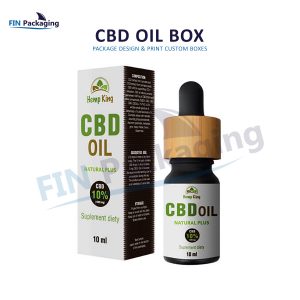How to Design and Produce Rigid Boxes
How to design and produce custom rigid boxes? There are a few steps you need to follow, but the process is easy once you know a few basic steps. You will want to consider Chipboard, Die lines, Samples, Colors, and Graphics. In this article, we'll cover all of these important aspects. Read on to learn how to create the perfect custom rigid boxes. You'll love how quickly and easily these custom boxes can be made.
Chipboard
The
Rigid brand of gift boxes is made from chipboard, a type of rigid paperboard.
It's a recycled product made from hot water and paper stock that has a
distinctive fine finish. Rigid boxes are commonly made with chipboard because
of the material's lightweight and environmentally friendly nature. A layer of
fluting card material is sandwiched between the two main layers of linerboard
to provide strength and cushioning, making them a superior choice for
packaging.
Die lines
The
die lines are the structural elements of the packaging. They are vector files
that include colored lines that correspond to the instructions of a die cutting
machine. While die lines vary by company, the finpackaging color scheme is the
industry standard. They tell the printer where to cut and where to put extra cushioning
or padding. Depending on the type of packaging, the die line may be able to
accommodate a thicker or thinner stock.
Samples
For
a quick look at what the product looks like, the best way to decide if you're
ready to make a purchase is to order samples. Samples of Rigid boxes include
everything from a product's housing to a protective sponge and brass corner.
These boxes are available in various sizes and graphic customizations. They're
made of cardboard or paper and can contain a product or brochure or leaflet.
Colors
When
it comes to color, there are so many options available when it comes to rigid
boxes. Vibrant colors make your product stand out from the rest and increase
sales. Color psychology suggests using colors that will encourage customers to
pick your products. If you're looking for exact color matching, PMS can provide
exactly what you're looking for. Read on to learn more. The most important
things to consider when choosing a color for your rigid boxes.
Sizes
Rigid
boxes come in many different sizes and are ideal for a variety of packaging
needs. Unlike flexographic printing, which requires the use of a direct print
process, rigid boxes are manufactured using a lamination process. Because of
this, they can be printed on a variety of paper stock and can include spot and
flood coat coatings. They can also be die-cut to form openings that display a
product.
Shapes
Rigid boxes are a common packaging material used to store products. They are
typically made from chip or grey board, which is a thick cardboard sheet
ranging from 800gsm to 2400gsm in weight. They are wrapped with a wrapping
sheet that can be made of a glossy art paper stock, offset paper stock, or even
textured fabrics. Rigid boxes are ideal for storing products that require a
high level of protection and storage.
Customizations
Customized
Rigid boxes can be designed to suit your brand's style. These boxes are crafted
from a variety of materials, including chipboard, stiff cardboard, corrugated
boards, and paper stocks ranging from 12pt to 24pt. They're also recyclable and
eco-friendly. For added customizability, they can be printed with a glossy or
spot UV finish. The possibilities are endless when it comes to customizations.




Comments
Post a Comment